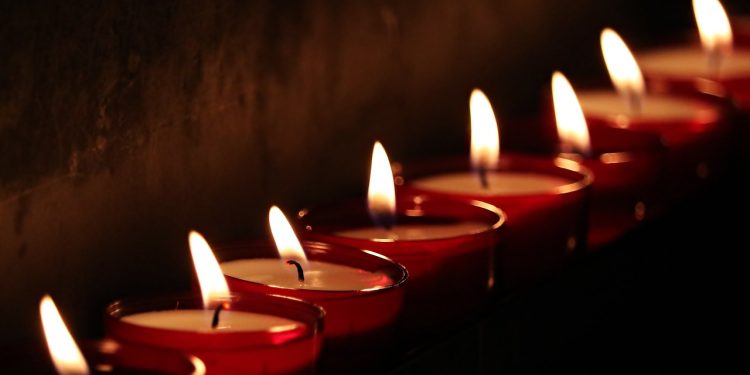
National Day of Mourning
National Day of Mourning is observed on the fourth Thursday of November. It was initiated in 1970 as a protest against Thanksgiving and the genocide of Native American peoples by the United States government, serving as a reminder of the injustices that Native Americans have faced.
It is a day when people of all colors, creeds, and philosophies can learn about Native American culture and their historic and ongoing struggles. While it is similar to the protest holiday known as UnThanksgiving Day, it is not the same.
The History of the National Day of Mourning
The Commonwealth of Massachusetts began staging an annual reenactment of Thanksgiving in 1921. During the reenactment, participants would dress in 17th-century attire and gather at a church located on the site of the Pilgrims’ original meeting house. There, prayers and sermons were delivered, followed by a procession to Plymouth Rock.
As time went on, the event gained popularity, attracting tourists who came to watch or participate. In 1971, on the 350th anniversary of the first Thanksgiving, the United American Indians of New England (UAINE) organized the first National Day of Mourning, which has been observed annually since then.
Observing the National Day of Mourning
For many Native Americans, the National Day of Mourning is a time to reflect on the spirituality of their people and to honor those who were persecuted and killed. It is also a day to protest the ongoing oppression and racism that Native Americans continue to face.
The National Day of Mourning also serves to educate the public about the real history of Native Americans, which is not limited to the Eurocentric narrative that has been taught for many years.
While many people associate Thanksgiving with broader symbolism that encompasses the whole of the American experience and may view it as a day to celebrate American pride, it is important to recognize that the perspective of Native Americans—whose lands were taken and their traditional way of life destroyed by the expanding American government—is equally valid.








